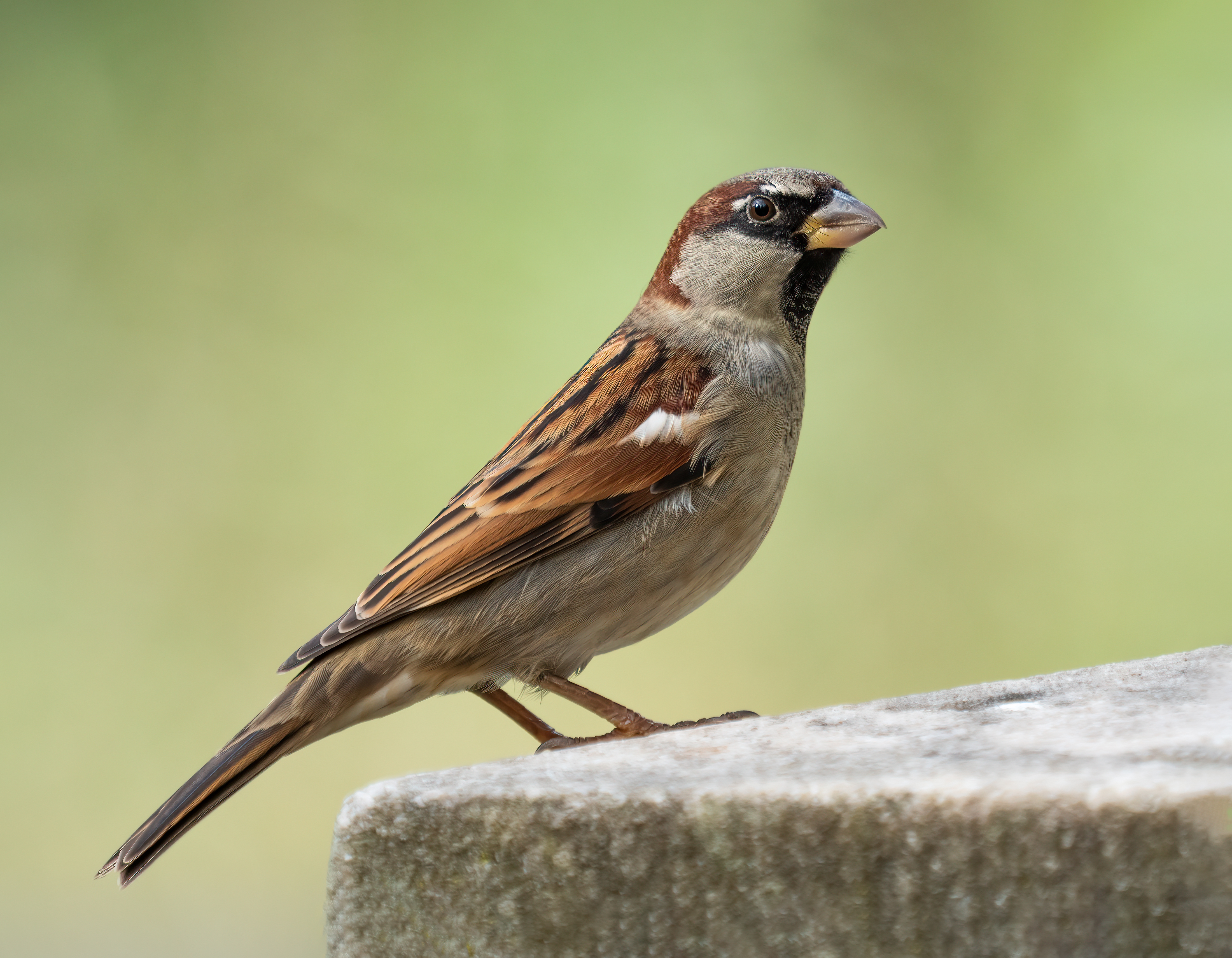Can Birds Lay Eggs Without a Male? Yes, some species of birds can lay eggs without a male. These eggs are infertile and won’t produce offspring.
Birds are fascinating creatures known for their flying abilities and unique nesting habits. A common misconception about birds is that they need to mate in order to lay eggs. While mating is necessary for fertilization of eggs in most bird species, some female birds have the ability to lay eggs without a male through a process called parthenogenesis.
This occurs when an egg is fertilized by a female’s own genetic material and the resulting offspring are clones of the mother. While this is uncommon in the bird world, it has been observed in species such as turkeys and chickens. Nonetheless, it’s important to note that such eggs are infertile and won’t develop into healthy chicks.

Credit: en.wikipedia.org
Introduction To Asexual Reproduction
Asexual reproduction is a natural process where an organism reproduces without the involvement of a mate of the opposite sex. It is a mode of reproduction that is different from sexual reproduction. In animals, asexual reproduction is not common as compared to sexual reproduction.
However, some animals like birds do reproduce asexually. Asexual reproduction in birds is called parthenogenesis, and it is a process where an egg can mature and develop into a chick without being fertilized by a male. Studying asexual reproduction in birds is relevant for conservation and evolutionary biology.
Parthenogenesis can be a survival tool for species without males or with small populations. By understanding this process, we can better protect and conserve endangered bird species.
The Science Behind Asexually Reproducing Birds
Birds are fascinating creatures that can reproduce both sexually and asexually. Female birds have a unique reproductive system that allows them to lay eggs without the assistance of a male. Hormones play a crucial role in this process, triggering ovulation and allowing for fertilization of the egg.
Unlike in sexual reproduction, where the sperm and egg meet internally, asexually reproducing birds lay the egg before it is fertilized by a male. While asexual reproduction may seem like a simpler process, it has its downsides. Genetic diversity is limited, and it can lead to offspring that are less adaptable to changing environments.
Understanding the anatomy and physiology of female bird reproductive systems, as well as the science behind asexual reproduction in birds, can provide valuable insight into the complexities of avian reproduction.
Do Birds Really Lay Eggs Without A Male?
Birds have long been known for laying eggs to reproduce. However, there is a popular myth that suggests they can do so without a male partner. Scientific studies have both supported and opposed the idea of asexual reproduction in birds.
Some species, such as the collared flycatcher, have been observed to reproduce asexually. However, many experts believe that such cases are rare occurrences in the animal kingdom. More research is needed to determine the exact conditions under which asexual bird reproduction can occur.
Nonetheless, it is clear that the vast majority of bird species require both a male and female partner to mate and fertilize eggs. So, while the idea of birds laying eggs without a male is intriguing, it appears to be nothing more than a myth.
Benefits And Risks Of Asexual Bird Reproduction
Asexual reproduction in birds is a complicated subject. Some advantages of asexual reproduction include increased survival rates. Asexual reproduction can also provide the bird population with a more diverse gene pool. However, it can lead to reduced genetic diversity in the long run.
This can impact their overall resilience to changes in their environment. The negative consequences of asexual reproduction in birds are not clear-cut. Certain species may thrive, while others suffer. Additionally, asexual reproduction can create a more uniform bird population.
This can result in less variety and more similarities among individuals. It is important for researchers to continue studying the impact of asexual reproduction in bird populations. This can help us maintain biodiversity and protect delicate ecosystems.
Frequently Asked Questions For Can Birds Lay Eggs Without A Male
Can Female Birds Lay Eggs Without A Male Bird?
Yes, female birds can lay eggs without a male bird. It happens when female birds are not mated with males. This process is called parthenogenesis.
What Are The Types Of Parthenogenesis?
There are two types of parthenogenesis, namely thelytoky and arrhenotoky. Thelytoky is a reproduction method where a female produces offspring, while arrhenotoky is a reproduction method where a male produces offspring.
What Animals Besides Birds Can Reproduce By Parthenogenesis?
Other animals besides birds that can reproduce by parthenogenesis include sharks, snakes, lizards, and insects like bees, wasps, and ants.
Are The Offspring Produced By Parthenogenesis Identical To Their Parent?
No, the offspring produced by parthenogenesis are not identical to their parent. They have similar genetic material to their mother but can have subtle differences due to genetic mutations during the replication process.
Does Parthenogenesis Occur In Domesticated Birds?
Yes, parthenogenesis can occur in domesticated birds such as chickens, turkeys, and quails. However, it’s a rare occurrence and usually happens in birds kept in isolation without any contact with male birds.
Conclusion
As we have learned, female birds are biologically equipped to lay eggs without the assistance of a male partner. This process, known as parthenogenesis, may occur naturally in some bird species, while in others, it may be induced through certain techniques in a laboratory setting.
However, it is important to understand that while parthenogenesis is possible, it is not always a viable long-term reproductive strategy for birds. Additionally, it is important to recognize the unique roles that both male and female birds play in the larger ecosystem.
Further research is needed to fully understand the implications and potential applications of parthenogenesis in birds. In the meantime, we can continue to appreciate and learn from the incredible diversity and complexity of the avian world.




